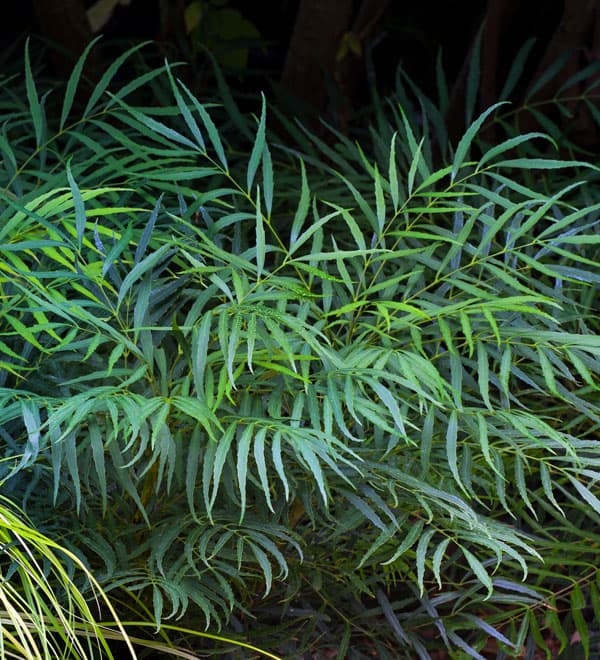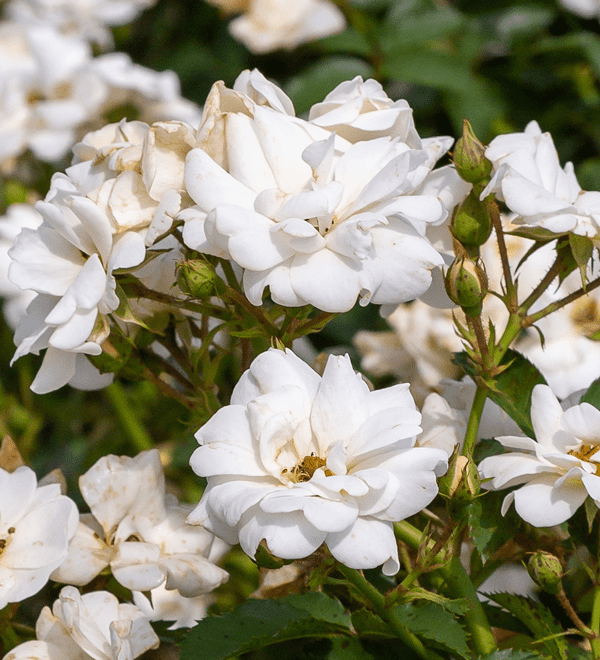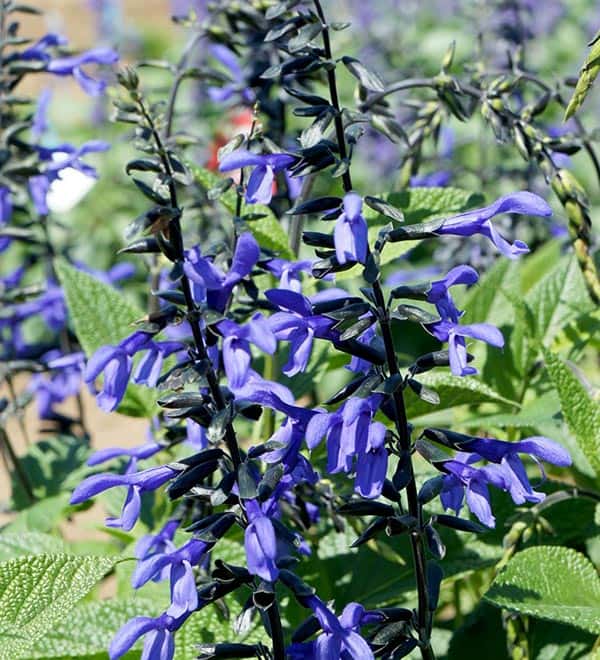Mild ocean air moderates Zone 5, allowing it to produce some of the finest rhododendrons, Japanese maples, and rock garden plants anywhere.Heaths and heathers thrive in sandy soils along the coast and inland, and katsura trees reach their prime, rarely scorching as they may inland. It’s also fine country for native woodland ferns, trilliums, piggyback plants, vine maples, and dogwoods. Summer highs run between 65 and 70°F (18 and 21°C) along the coast, and between 70 and 75°F (21 and 24°C) inland and around Puget Sound. Such mild temperatures favor leaf vegetables, which are slow to bolt, and flowering ornamentals like begonias. Steady breezes and lower temperatures, especially along the coast,make windbreaks and warm microclimates critical for heat-loving plants.
Average January minimum temperatures range from 33 to 41°F (1 to 5°C),with annual lows averaging a few degrees colder, and 10-year extremes ranging from 20 to 6°F (–7 to –14°C). Some locations (Coupeville, Raymond, Long Beach, Tillamook, Newport) get 10-year lows between 6° and 10°F (-14° and –12°C), but much of the region, especially along the Oregon coast, is mild enough to let gardeners get away with growing plants like Washingtonia robusta and hardy forms of Agave americana. Big freezes do considerable damage when they come very early or very late. And while these occasional disasters clear the slate of most borderline plants, they should not serve as a general gauge of plant hardiness here. Though the growing season averages between 200 and 250 days, heat accumulation is low, and warm-season vegetables develop slowly.




















